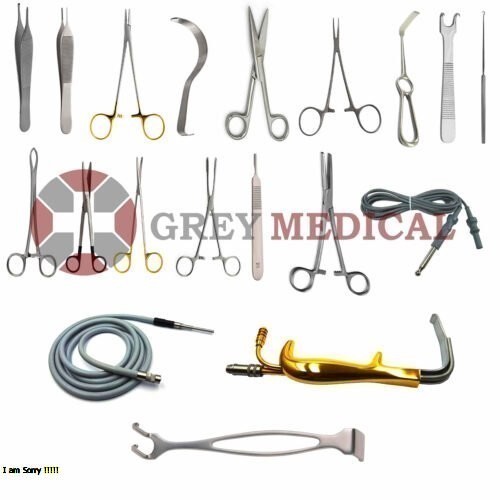Facelift surgery
Facelift surgery, medically known as rhytidectomy, is a popular cosmetic procedure aimed at rejuvenating the face by reducing the visible signs of aging. Facelift surgery will provide a detailed overview of facelift surgery, including its types, benefits, the surgical process, and essential recovery information.
1. What is Facelift Surgery?
Facelift surgery is designed to improve the appearance of the face and neck by addressing sagging skin, deep creases, and wrinkles. The procedure involves the tightening of underlying facial muscles and removal of excess skin, resulting in a more youthful and refreshed appearance. Facelifts can target specific areas, including the jawline, cheeks, and forehead.
2. Types of Facelift Surgery
There are several types of facelift techniques, each tailored to meet the specific needs of the patient:
- Traditional Facelift: This technique involves larger incisions along the hairline, allowing for comprehensive tightening of the skin and underlying muscles. It is suitable for those with significant sagging and excess skin.
- Mini Facelift: Also known as a "weekend facelift," this less invasive option uses shorter incisions to lift and tighten the lower face. It’s ideal for patients with mild to moderate signs of aging.
- Mid-Facelift: This technique focuses on the central part of the face, lifting the cheeks and addressing nasolabial folds. It is often performed in conjunction with other facial procedures.
- Neck Lift: Often combined with facelift surgery, a neck lift targets sagging skin and fat deposits in the neck area, providing a more harmonious overall appearance.
3. Benefits of Facelift Surgery
Facelift surgery offers numerous benefits:
- Youthful Appearance: The primary benefit is a more youthful and refreshed look, helping individuals regain their confidence.
- Long-lasting Results: Results from facelift surgery can last for several years, making it a worthwhile investment for many patients.
- Improved Facial Contours: The procedure enhances the overall shape and contour of the face, creating a more balanced and aesthetically pleasing appearance.
4. The Surgical Process
The facelift procedure typically involves the following steps:
- Consultation: A thorough discussion with the surgeon to assess goals, medical history, and expected outcomes.
- Anesthesia: Administering local or general anesthesia to ensure comfort during the surgery.
- Incisions: The surgeon makes incisions based on the chosen technique, carefully placing them in discreet locations to minimize visible scarring.
- Lifting and Tightening: The underlying muscles and tissues are tightened, and excess skin is removed to create a smoother appearance.
- Closure: Incisions are closed with sutures, and the patient is monitored as they wake from anesthesia.
5. Recovery and Aftercare
Recovery from facelift surgery typically involves:
- Swelling and bruising for the first few weeks, gradually subsiding.
- Following post-operative care instructions, including keeping the head elevated and avoiding strenuous activities.
- Attending follow-up appointments to monitor healing and address any concerns.
Conclusion
Facelift surgery can be an effective solution for individuals looking to rejuvenate their appearance and combat the signs of aging. With various techniques available, patients can work with qualified surgeons to choose the best approach for their needs. At Grey Medical, we offer a range of high-quality surgical instruments to support surgeons in delivering exceptional results in facelift procedures.





Comments